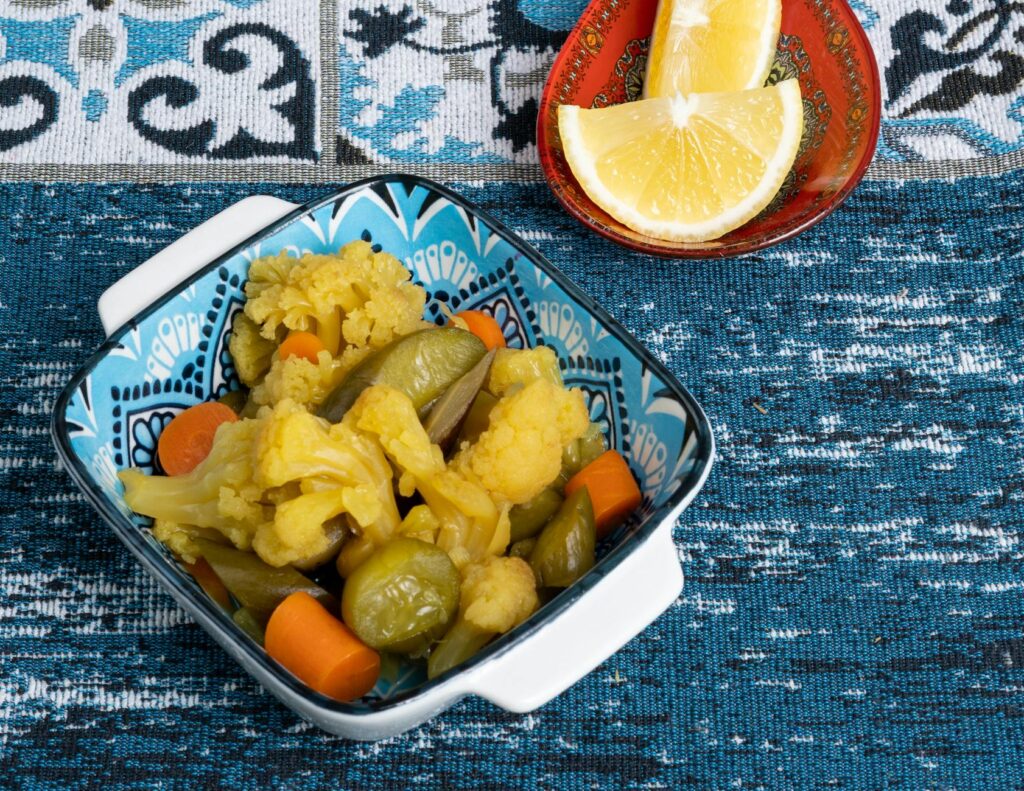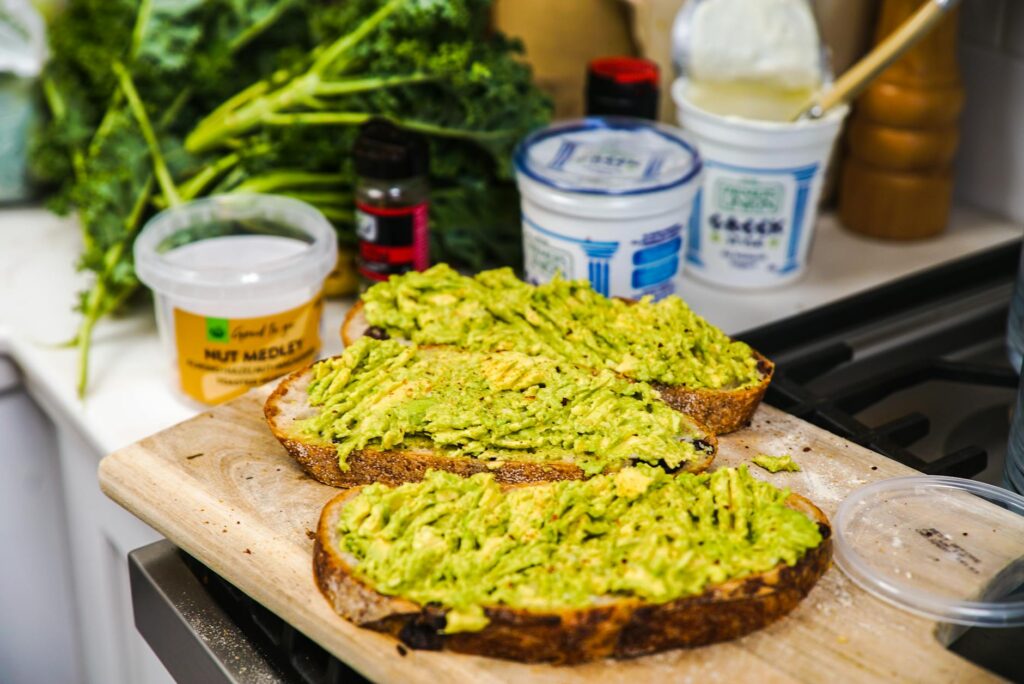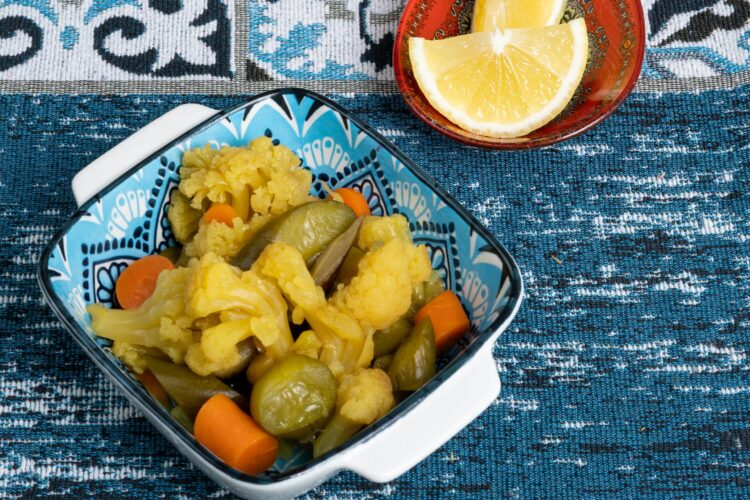The vibrant Provençal sun seems to shine through every bite of Ratatouille, a vegetable medley that’s as beautiful as it is delicious. This isn’t your average stew; it’s a celebration of fresh, seasonal vegetables, slow-cooked to perfection, their flavors melding into a symphony of taste. This dish is incredibly versatile, perfect as a side, a main course, or even a topping for pasta or grilled meats.
A Garden’s Bounty: Selecting Your Ingredients
The key to an exceptional Ratatouille lies in the quality of the ingredients. Choose ripe, in-season vegetables for the best flavor. Look for vibrant-colored eggplant, plump tomatoes, sweet onions, and fragrant bell peppers. You can find great information on seasonal produce at your local farmers’ market, or by checking online resources like seasonalfoodguide.com. A good quality olive oil is also essential; it’s the backbone of the Ratatouille’s flavor profile. 
The Art of the Chop: Preparing Your Vegetables
While some recipes call for finely diced vegetables, I prefer a slightly larger dice. This allows the vegetables to retain their texture and visual appeal. Evenly sized pieces ensure that everything cooks evenly. Don’t be afraid to experiment with the proportions; feel free to add or substitute vegetables based on your preference or what’s available. Learn more about proper vegetable preparation techniques for the perfect Ratatouille.
The Slow Simmer: Building the Flavors
Ratatouille is all about slow cooking. The low and slow method allows the vegetables to soften and release their juices, creating a rich and flavorful sauce. Don’t rush the process! Patience is key to achieving that depth of flavor that makes Ratatouille so special. Check out this amazing video tutorial on slow cooking techniques for inspiration. 
Beyond the Basics: Adding Your Personal Touch
While a classic Ratatouille is simple and beautiful in its own right, feel free to add your own personal touch. A splash of white wine or balsamic vinegar can add another layer of complexity. Fresh herbs like thyme, rosemary, or basil can elevate the fragrance. For some extra warmth, a pinch of red pepper flakes can really do the trick. You can also explore variations like adding zucchini, mushrooms, or even artichoke hearts. Discover more innovative Ratatouille recipes on our website!
Serving Suggestions: From Simple to Spectacular
Ratatouille is remarkably versatile. It’s fantastic served hot or cold, as a side dish to grilled meats or fish, or as a topping for crusty bread. It also makes a wonderful filling for pasta dishes or as a component of a larger vegetable platter. It pairs beautifully with a nice glass of red wine like a Côtes du Rhône or a light-bodied Pinot Noir. [IMAGE_3_HERE] For inspiration, visit this recipe website for ideas.
Ratatouille is more than just a dish; it’s an experience. It’s a journey through the sun-drenched fields of Provence, captured in a pot. Enjoy the process, savor the flavors, and share the joy of this culinary masterpiece.
Frequently Asked Questions
What is the best type of pan to use for Ratatouille? A heavy-bottomed pot or Dutch oven is ideal for even cooking and preventing burning.
Can I make Ratatouille ahead of time? Absolutely! In fact, the flavors often deepen overnight. Store leftovers in an airtight container in the refrigerator for up to 3 days.
Can I freeze Ratatouille? Yes, Ratatouille freezes well. Allow it to cool completely before storing in airtight freezer-safe containers for up to 3 months.
What are some good substitutes for eggplant? Zucchini, yellow squash, or even mushrooms can be used in place of eggplant if desired.
Is Ratatouille vegetarian/vegan? Traditional Ratatouille is vegetarian, and can easily be made vegan by omitting any dairy or honey.
